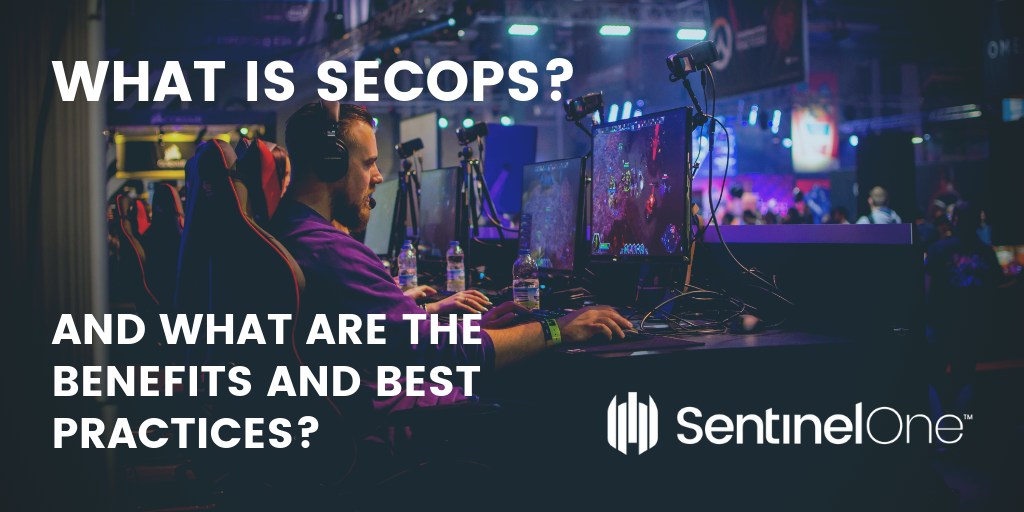The power of data analytics and machine learning is making it possible for companies that have mastered entire industries to take the next step and digitally transform their business. One of my favorite examples is United Parcel Service (UPS), which started out as a messenger company in 1907 and has steadily grown to become the largest package delivery and specialized transportation and logistics company in the world.
Throughout the advent of e-commerce, UPS continues to play an even greater role in the movement of goods around the globe, and yet this 112 year-old company is just getting started. The massive amounts of data underlying its operations provide the foundation for UPS to lead the way in implementing more efficient, profitable and forward-thinking approaches in running its business.
To fully appreciate the scale of the opportunity, it helps to start with the numbers:
-
Every day, UPS delivers 21 million packages in more than 220 countries worldwide. During the all-important holiday season, the number of packages delivered per day can reach its peak.
-
The drivers who make that possible perform 120 pickup and dropoff stops daily.
-
The number of possible routes each driver can take from stop number one to stop number 120 is unthinkably large at 199 digits.
Sifting through all of this data to select the single best, most efficient and cost effective route is the perfect challenge for Google Cloud.
Working in collaboration with Google Cloud Platform (GCP), UPS was able to design routing software that tells the delivery driver exactly where to go, every step of the way. The routing software saves the company up to $400 million a year, and reduces fuel consumption by 10 million gallons a year.
At our Google Cloud Next ’19 conference last month, Juan Perez, Chief Information Officer at UPS, talked about how the work we’re doing together is transforming the company’s smart logistics network. “We’re grateful for the opportunity to collaborate with great partners like Google in a way that lets us use our joint expertise to bolster visibility across supply chains around the world.”
This is the power of analytics at scale, and it’s just the beginning. Today, Google Cloud’s BigQuery also helps UPS power the most precise and comprehensive forecasting in the company’s history. GCP provides the capacity to run machine learning models across 1 billion data points per day, including package weight, shape and size, and facility capacity across the network. The insights extracted from that data help inform UPS on how to load delivery vehicles, make more targeted operations adjustments, and minimize forecast uncertainty, especially around the holidays.
Ultimately, this all helps UPS deliver more packages at a lower cost and serve its customers in a smarter, more agile way, which also means more smiling faces on holiday mornings.
For more information on GCP, visit our website.






